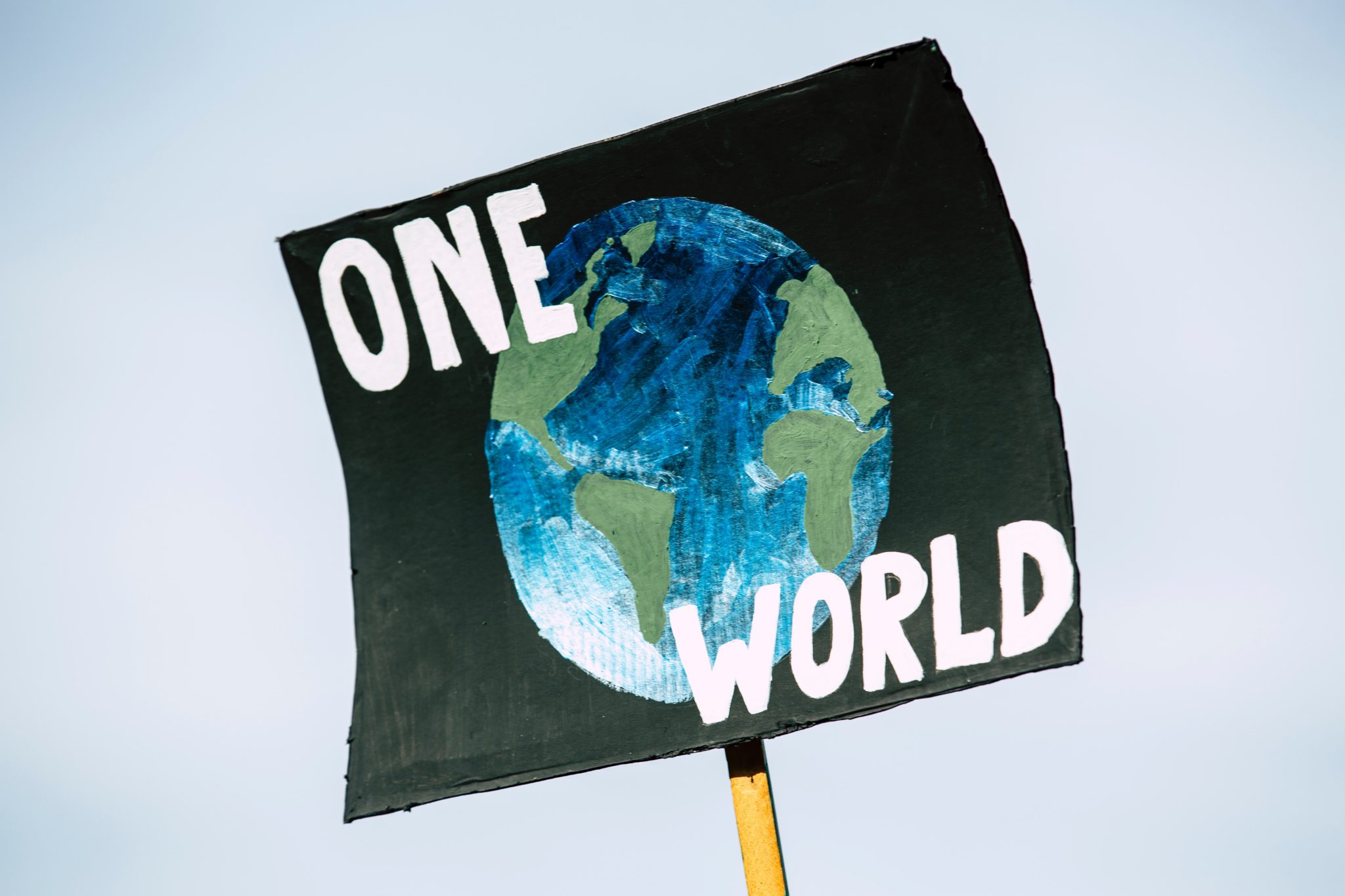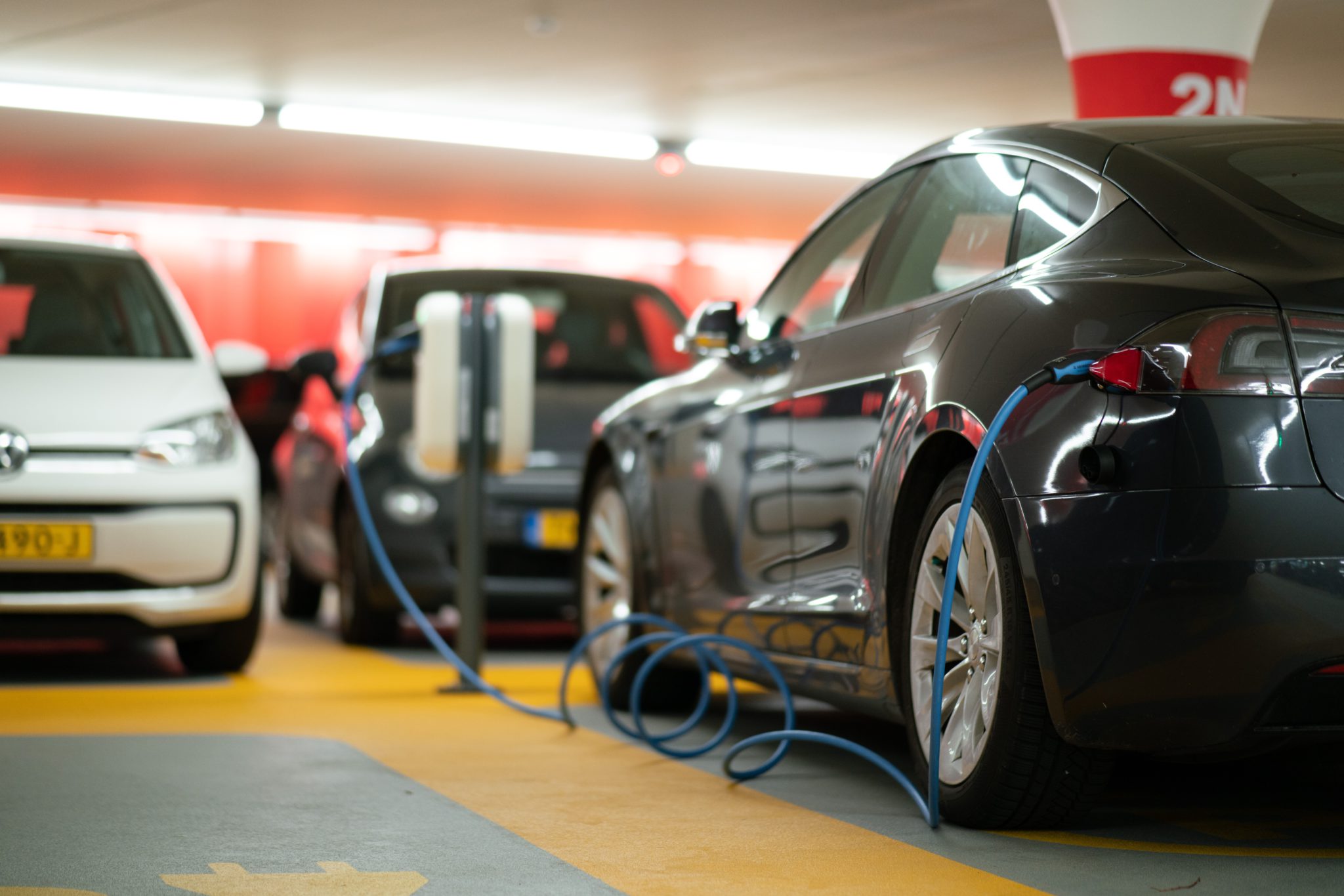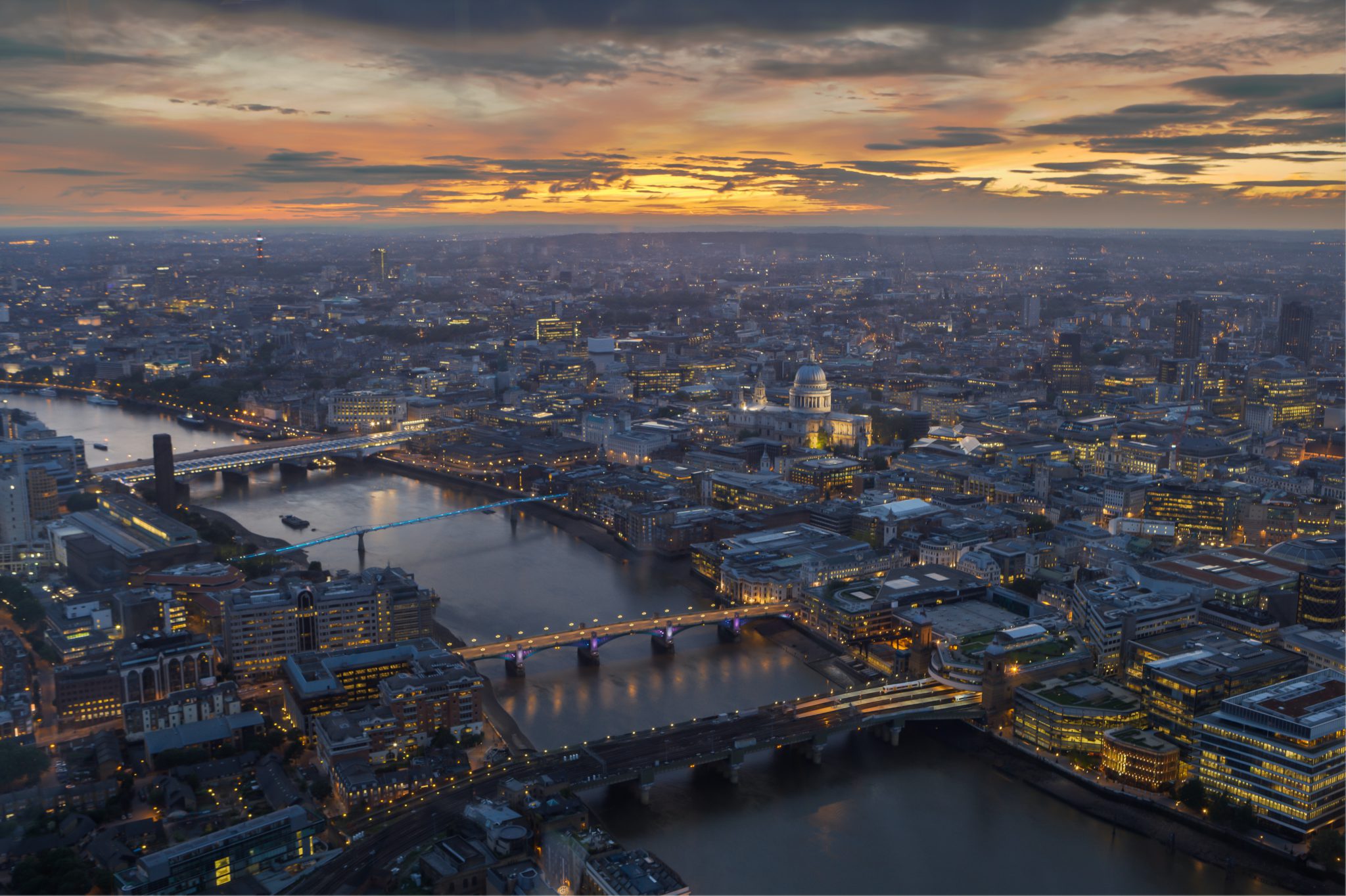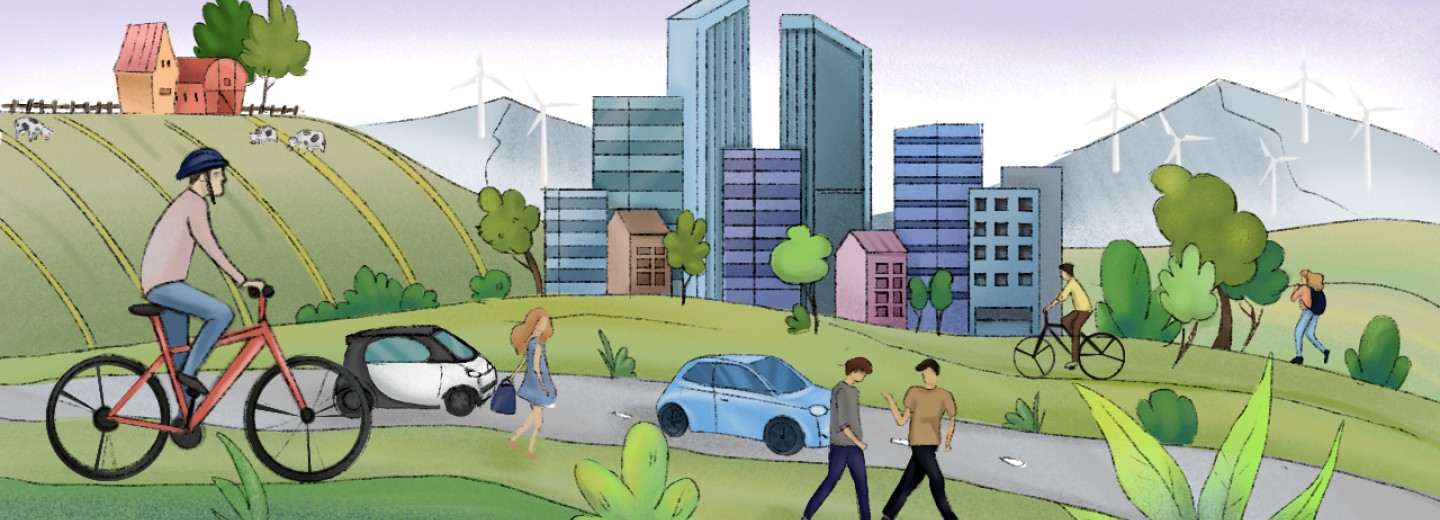危機 Don’t let a good crisis go to waste – Part two – The environment
The Chinese characters for ‘crisis’, in English, mean ‘where there is risk, there is chance.’ Winston Churchill, when helping found the United Nations, famously said: “Never let a good crisis go to waste”. These thoughts are a model for the world today. At the start of the third year of the COVID pandemic, much has changed – forever. In our last two posts of 2021, we look at the future. Part two looks at the rapidly increasing attention that businesses now pay to the environment. It is surprisingly optimistic.
Fortune newsletter
Alan Murray again:
What has been happening?
In Part One, we discussed the changes that are taking place to working life because of the pandemic. In addition, there have also been significant environmental policy changes. Transport & Environment’s (T&E) vision is “a zero-emission mobility system that is affordable and has minimal impacts on our health, climate and environment. Created over 30 years ago, T & E have shaped some of Europe’s most important environmental laws.”

Here is Andrew Murphy, Director of Aviation at T&E:
Shipping – a major contributor to air pollution – is also receiving pressure to pay for (or modify) its environmental impact.
In late 2020, ‘Clean Cities’ was just an idea on paper. Less than a year later, more than 50 European organisations have joined the network, united by the vision to create cities with zero emission mobility systems by 2030. This means more space for people and less space for cars.

These were the words of Fiat Chrysler Automobiles (FCA) executive Sergio Marchionne in 2017. He claimed that electric vehicles were worse for the planet than petrol and diesel cars. Even in October 2021, at a big automotive congress, a panel derided renewables, Greta Thunberg, and electric mobility. But then the unthinkable happened. Exactly one week after this event, and five years after Marchionne’s words, Italy threw its weight behind the European Commission’s landmark proposal to phase-out fossil fuel cars by 2035.
Business and the environment
A Harvard Business School report in 2017 showed that companies have talked about the environment since the 1960’s.
Even in the nineteenth century, a handful of entrepreneurs began thinking that pollution prevention, recycling, renewable energy and providing healthy food were their responsibilities. From the 1960s and the 1970s the issues between business and the environment became broader and more complex.
Today, many big companies have announced impressive plans for zero emissions. Even the sceptical New York Times found, in February 2021 that: “Just over a third of the 500 companies in the S&P 500 stock index have set ambitious targets.” However, it also found that: “215 had no target at all. The rest had weak targets.”
What’s the connection with COVID?
The UK’s Meteorological Office concluded that carbon dioxide emissions dropped by about 17% during April 2020. They projected this would lead to a decrease of about 7% for the year. Other greenhouse gases – such as methane, ozone, and aerosols such as sulphates and nitrogen oxides – saw a large reduction during April, with expected sustained reductions during the rest of 2020. Another study reported that, in the UK, these reductions saw greenhouse gas emissions drop to 51% below 1990 levels – equivalent to halfway meeting the UK’s net zero (by 2050) target.
Many places in the world have seen big improvements in air quality and visibility due to the reduction in aerosols.
However, gases like carbon dioxide have a long life in the atmosphere. Changes to emissions only affect them slowly. While a decrease in emissions of 7% is unprecedented, it still means that 93% of our normal emissions went into the atmosphere and carbon dioxide levels continued to build up.
But – and here is the crucial point:
London Air, produced by Imperial College, shows rapidly decreasing air pollution in London in 2013, 2020 and 2025

The primary source of air pollution, leading to environmental damage and climate change, is transportation. Internal combustion engines are wholly to blame. London is one of many cities pioneering low emission zones for vehicles. Despite grumbling, car owners and transport operators are moving towards electric vehicles increasingly. COVID lockdowns have not only accelerated that process but proved how quickly pollution is reduced in cities when fewer polluting vehicles use the streets.
Conclusion
As a result of the COVID pandemic, we can now see that not only can we do something about pollution and climate change, but that it is possible without stifling our economies and businesses. To be sure, some businesses, like travel and shipping may take time to adjust. Yet even here, electric planes, bio-fuels, liquid hydrogen, will offer sustainable ways of travelling by ship or by plane in time.
In two traumatic years, businesses are finally seeing ways in which they can be both successful and sustainable. There’s a long way to go – but this surely is good news.
Worked on the article:

Wanlikhang





